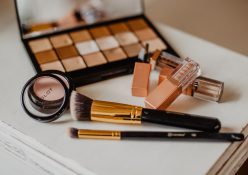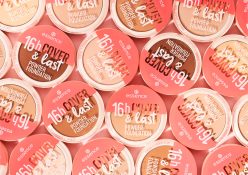While they’re great on their own, certain ingredients shouldn’t be used at the same time. Here’s why…
Active skincare ingredients, when used on their own, provide targeted treatment and deliver impressive results. But when these ingredients are used in conjunction with one another, they may become inactive and even cause irritation to the skin.
BHAs and AHAs or retinol
BHAs, like salicylic acid, have exfoliating agents that increase cell turnover so you really want to avoid adding another exfoliator, AHAs or retinol to your skincare routine. Over-exfoliation is a problem for a number of different reasons: it sheds too much of your skin’s top layer, weakening the skin barrier; it causes irritation and dehydration; inflammation can occur. If over-exfoliation does occur, it takes about four weeks for it to recover; it’s best to avoid exfoliating during that time as your skin will be sensitive.
Retinol and benzoyl peroxide
Benzoyl peroxide, famous for its work in treating acne, sees no benefit in working alongside retinol, which also has benefits for acne-prone skin. When these two ingredients are applied together, benzoyl peroxide may actually work against retinoid, leaving it inactive and useless. A better option, if you do want to use both, is to split them up during the day – so using benzoyl peroxide in the morning; retinol at night.
Retinol and vitamin C
This third no-go combo is on our list because vitamin C works best when it’s in an acidic pH while alkaline is retinol’s favoured pH environment. To avoid one of them having to compromise their good work due to unfavourable conditions, it’s best to use them at different times of the day. Start the day off with a protective layer of vitamin C to fight off sun damage and pollution; end it off with a product containing retinol as it’ll promote collagen production while you’re asleep.







